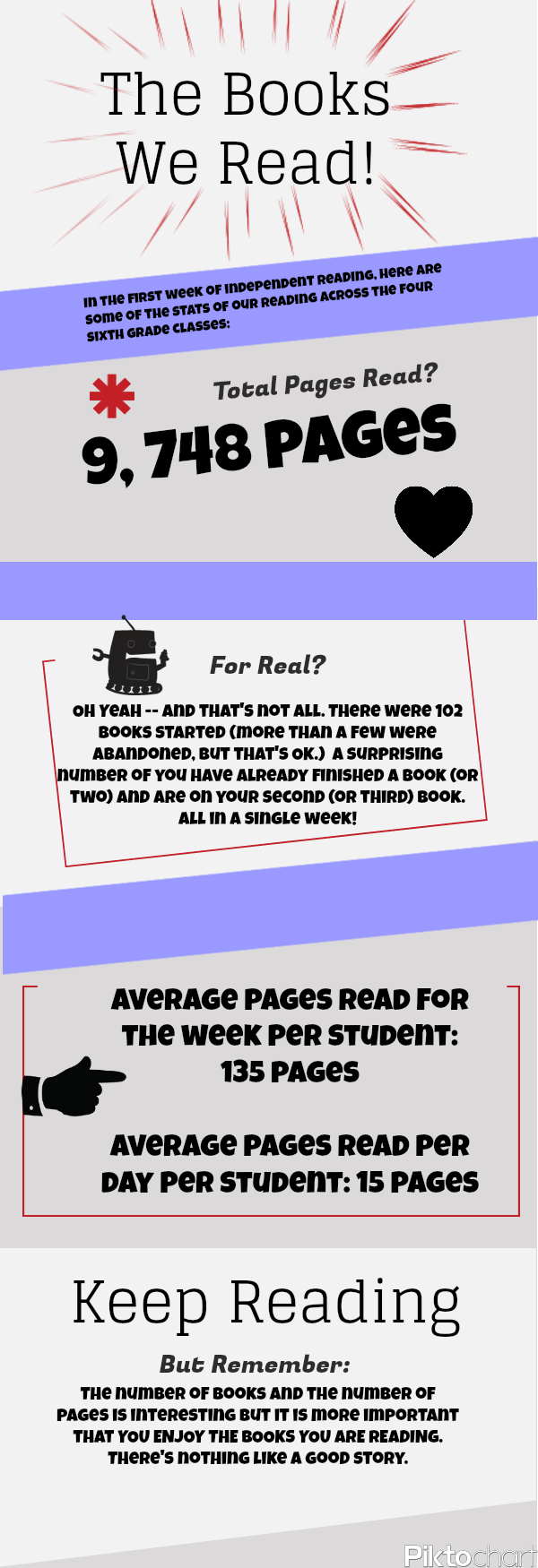Check out this view of Woody Allen, old-school writer.
As I was watching it, I was reminded of an article I had just read in The New Yorker by John McPhee, who writes about how he writes in a piece called “Structure.” (I think it is part of the paid archive now, so may want to go to your local library — you still have one, right? — to check it out). McPhee brings us right into his whole planning and writing of longer non-fiction pieces, showing off visual structures of his content. You can see charts, and maps, and visual puzzles that form the backbone of his pieces. His larger message is try to move away from chronological sequencing, and instead, find new ways to structure content in a piece of writing. But that requires considerable thinking, planning … and an understanding of structure.
The connection to Woody Allen is McPhee’s memories of using large notecards and scissors and other tools to begin the planning, until he discovered the personal computer, and had another professor create some programs that replicated what he was doing with paper planning on the computer. So the second half of the article showcases what happens when ideas move from tangible notecards to a specific software text editor that can sort ideas, too.
I found it fascinating, in part because I often struggle with the idea of structure in larger pieces. I have never been able to find a good system for visualizing where I am going with a longer piece, and often resort to the old “this is the first thing …. this is the last thing” approach and McPhee’s illustrations were illuminating in many ways if only to remind me that there are many ways to write a piece, and perhaps digital tools — with their flexibility of replication and movement — might make some of that thinking easier. Or not. Maybe too many choices is just as difficult as too few.
Peace (in the text),
Kevin





